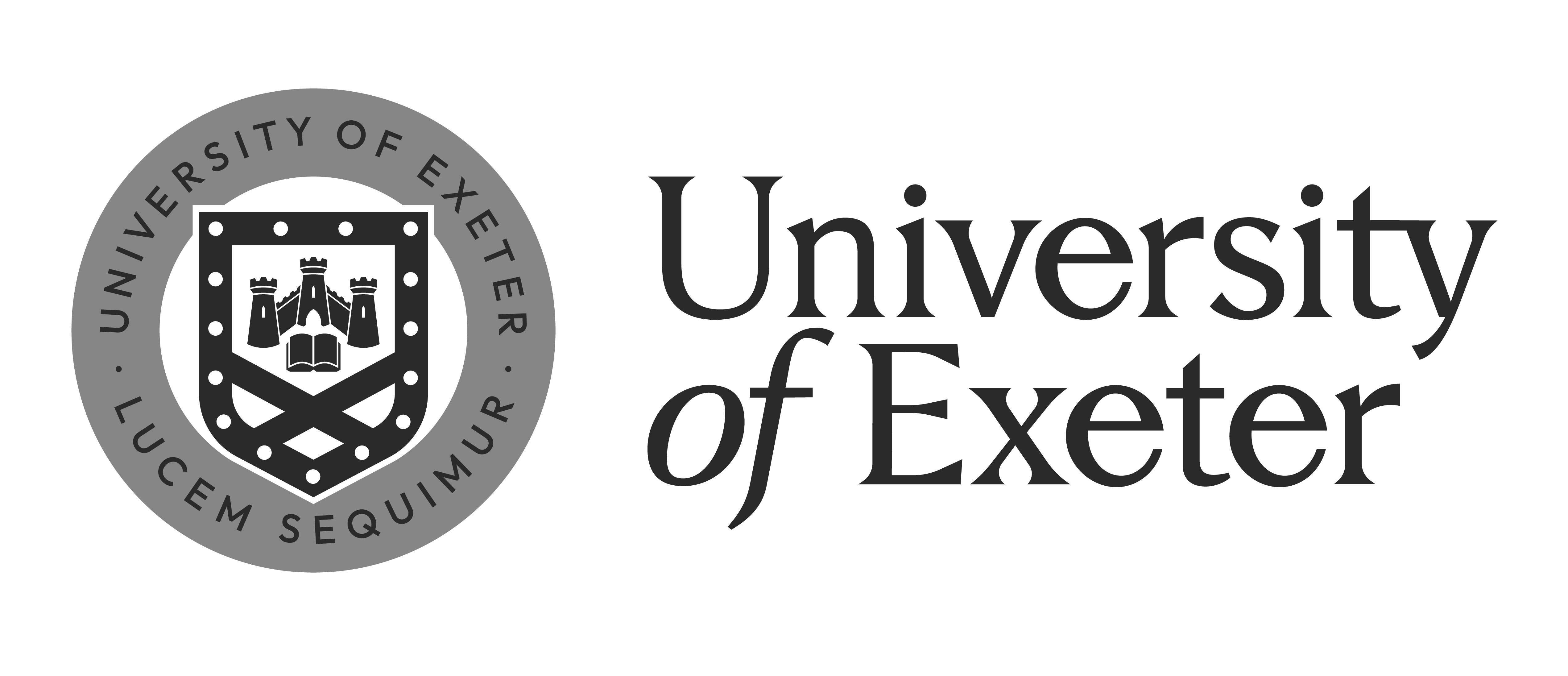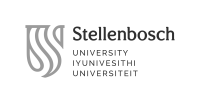F2413 Extracting Heritage. The Incredible Rise of Marginal Territories in the Venice Lagoon
Professors
Schedule
Course Description
The course observes global trends related to the promotion of heritage and its role in the process of brandization of the territory and applies them to the Venice lagoon. The course will use the observation of some case studies and the deconstruction of marketing images. Through an interdisciplinary approach, the aim is to identify the rhetorics and codes that articulate the current representation of Venice, and to recognise this tendency within broader processes of globalisation.
Among the most interesting global dynamics is currently the inclusion of heritage notions within regenerative processes and territorial promotion. Heritage is one of the dominant rhetorics on which the sense and legitimacy of many redevelopment and regeneration operations is built. Heritage has long been used within territorial promotion rhetorics concerning Venice, which describe its value in relation to history, and which support investments and consumption linked to the experience of typicality.
The observation of the Venetian lagoon offers, in this regard, a privileged space of investigation that allows us to examine the changing trends linked to patrimonialisation and the (narrative and financial) speculation to which they are subjected. Lately, we can observe the increasing centrality of landscape-related heritage. As a matter of facts, the marketing of typicality in the lagoon area has been undergoing a mutation and seems to be moving from the historical city to the context: it takes on naturalistic connotations, increasingly linked to the arcadian dimension of the landscape. The more the environment is under the spotlight of change, the scarcer resources become, the more valuable they become. Not only for those actors who aim to drive sustainable change, but also for those extractive forces who, having identified a resource, intercept its potential.
Through a series of in-depth studies on the Venice lagoon, the course will explore the changes that are taking place in this delicate territory and their impact in terms of design, relations between actors and the environment. The course will question “what is heritage” and which connotations it can assume in the Venice lagoon. If in Romanticism the dominant image of Venice was that of the solid dying city, now the historic centre becomes the starting point from which to experience a fluid, ecosystemic lagoon, in a renewed idea of endangered heritage. Images are not only descriptive, but actively construct a project of territory that can increase the appreciation of places and create a sense of legitimacy
even for more speculative operations.
The reflections will be brought back to some fundamental elements: the centrality of nature in the value mechanisms, the changed symbolic role of Venice and its lagoon in the tourist imaginary, the speculation linked to the physical transformation of places.
The goals of the course are the following:
- To introduce students to the increasing global use of notions of heritage to support the transformation of places and the cultural shifts towards “naturality”
- To introduce students to the flexible use of heritage in the Venice context as an outpost of global trends
- To introduce students to the reading of marketing rhetorics used in the current promotion of the Venice lagoon so to understands international principles of brandization.
Syllabus – Modules breakdown
Module I - Observation of the global trend towards heritage branding and the use of heritage and natural heritage as leverage capable of increasing the value of places. This module explores some exemplary cases in global cities in the East and West of the world, identifying striking similarities in the intentions of heritage marketing.
Includes:
Course introduction
Frontal lectures
Frontal lecture with invited guests
Work and group discussion
Module II - Observation of current trends in Venice and the lagoon area. This module evaluates the increasing centrality of landscape-related heritage. Through a series of dedicated lectures by the teacher and expert guests, we will explore the different aspects that build the narrative of Venetian typicality: environmental fragility, isolation, the romantic charm of decadence, the value of heritage, and its iconic and original urban form.
Includes:
Frontal lectures
Frontal lecture with invited guests
Work and group discussion
Students Seminars
At least 1 site visit
Module III - Choice of a case study in the Lagoon of Venice. Analysis of urban marketing materials and recurring rhetoric related to the concept of heritage and typicality. This module reflects on the imaginaries and codes used to promote the territory.
Includes:
Frontal lectures
Frontal lecture with invited guests
Work and group discussion
Students Seminars
All modules will include intermediate tasks to be carried out individually/in groups and discussed collectively in class through the workshops and student seminars.
Learning outcomes
Upon completion of the course, the students will be able to:
>read the use of notions related to heritage, memory, and tradition within a broader global trend related to
territorial regeneration and promotion;
>identify the changing conception of heritage in relation to the Venice lagoon;
>identify the most relevant rhetoric used in territorial marketing linked to heritage;
>be able to critically analyse the basic economic and political dynamics that use heritage as a financial levy;
>apply the theoretical knowledge acquired during the course to the analysis of existing global city projects when notions of heritage are recalled.
Teaching and evaluation methods
The course will be organised as follows:
1) Frontal lectures (on concepts, theories and approaches relevant to understanding the issues and dynamics related to the use of heritage in territorial marketing);
2) Seminar discussions guided directly by students to stimulate learning by allowing students to formulate and exchange their views on selected issues. (i.e. regarding proposed papers or ad hoc short assignments);
3) Excursions in the Venice lagoon to observe and approach representative case studies.
4) In itinere tutoring of group-works.
The course will consist of three evaluations which will take place during the course:
1) mid-term evaluation based on the elaboration of materials and observations from Module I and II (30%)
2) final evaluation: elaboration of materials and observations from Module III.
This will be composed of: the presentation of the group works (percentage of the overall grade = 35%) + the submission of an individual short paper (percentage of the overall grade = 20%).
In addition, 15% of the overall grade will be attributed according to these criteria: class attendance, participation and interaction, and submission of the required assignments.
Bibliography: a selection
Chandler, A. and Pace, M (2021) The Production of Heritage, London: Routledge.
Brett, D. (1996) The Construction of Heritage, Cork: Cork University Press.
Brown, A. (2013). “The Spinning Index: Architectural Images and the Reversal of Causality”, in Rubinstein, D., Golding, J., Fisher A. (eds.), On the Verge of Photography, Birmingham: ARTicle Press, pp. 237-258.
Graham B.J., Howards P. (eds.) (2008), The Ashgate Research Companion to Heritage and Identity, Ashgate Publishing, Franham.
Harvey D.C. (2001), “Heritage Pasts and Heritage Presents: Temporality, Meaning and the Scope of Heritage Studies”, International Journal of Heritage Studies, no.7, vol.4, pp: 319-338.
Huyssen A. (2003), Present Pasts. Urban Palimpsests and the Politics of Memory, Stanford University Press.
Klingmann, A. (2007) Brandscapes. Cambridge, MA: The MIT Press.
Marini, S. (ed.) (2017) Orchestra Rehearsal, Bruno, Venezia.
Rancière, J. (2008) The Emancipated Spectator. Translated by Gregory Elliott, London: Verso, 2009.
Sassen, S. (2017) “Predatory Formations Dressed in Wall Street Suits and Algorithmic Math”, Science,
Technology & Society, 22:1, pp. 1–15, Los Angeles: SAGE Publication
Smith L. (2006), Uses of Heritage, Routledge, London.
Zizek, S. (2008) First As Tragedy, Then As Farce, London: Verso.
Zukin, S. (2008) Naked City. The Death and Life of Authentic Urban Places, New York: Oxford University Press.
Last updated: July 18, 2024


















